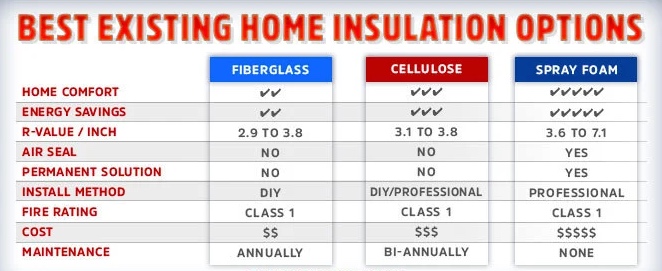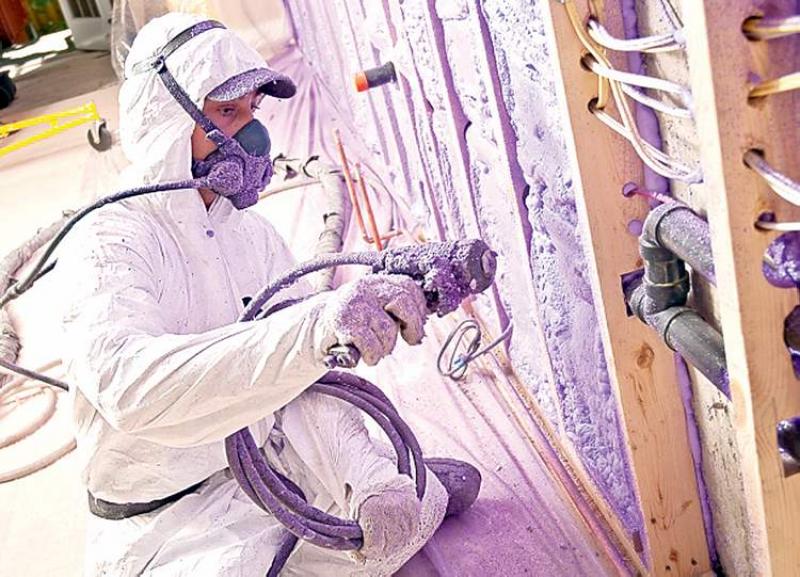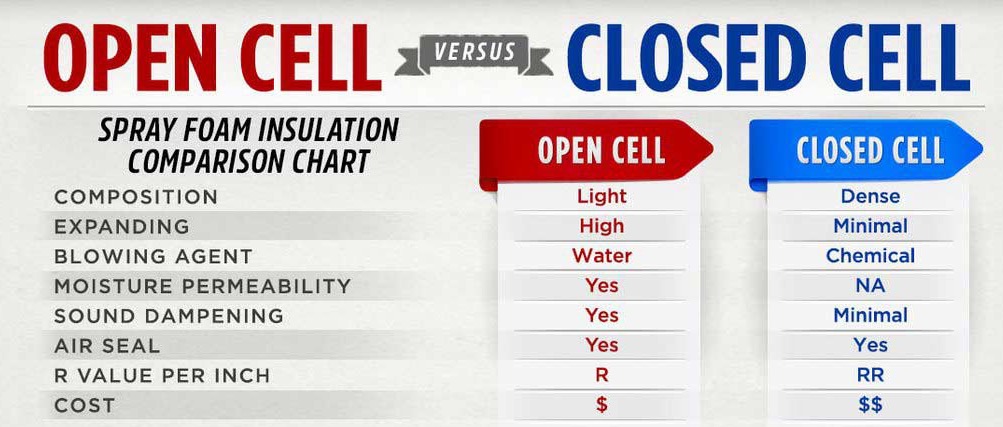
No two attics are exactly alike. Yet, they share at least one commonality. Attics are located directly beneath the roofline of household structures and require some special considerations. Well-insulated attics can make a huge difference in many aspects of your living condition within the home.
Attics are used for a combination of purposes. In some cases, they are transformed into living spaces, complete with HVAC and ducts. Meanwhile, others are used for storage and are essentially incomplete. However, the latter does not negate the incredible importance of insulation.
The configuration of an attic often presents some challenges when it comes to insulation. Many attics are challenging to stand in – and are ostensibly more representative of crawlspaces. The structure plan may even direct the propensity for air leakage. This can serve both a feeling of discomfort in warm weather and a drafty environment when temperatures fall.

Spray Foam Insulation and Attics
Air leakage occurs in attics quite frequently because of its proximity to the roofline. For this reason, it makes sense to seal off vulnerable areas with spray foam insulation.
Why spray foam insulation and not fiberglass?
The composition of fiberglass insulation does not stop air from passing through it. Typically more than 30% of heat or air conditioning escapes where fiberglass insulation is installed. If poorly installed, fiberglass can also leave spaces surrounding fixtures, allowing even more heating or cooling to escape.
On the other hand, spray foam is the most versatile type of insulation. You don’t have to worry about cutting down batting to size. Of course, you could try blowing in fiberglass, but it’s not nearly as effective as spray foam insulation.
Where do you use spray foam insulation in protecting attics? You could start at the roofline and proceed to the attic floors. In doing so, you’re not just creating an impermeable sealant against moisture and air. You are also cutting down on noise levels. Of course, the added incentive is the savings in utility costs.
Here’s another thought. What if your customer wants to convert an unfinished attic into a living space? Insulation is key to that project as well. Because of their location, attics are often the hottest place in the house. Spray foam insulation helps reduce the stuffiness associated with attic rooms.
Like every insulation plan, it is crucial to know what product works best.

Should you go with closed cell or open cell insulation?
Spray insulation is referred to open cell insulation or closed-cell insulation because of the difference between the small bubbles (cells) that make up the foam.
Open-cell foam is full of cells that aren’t fully encapsulated. In other words, the cells are deliberately left open. This makes the foam a softer, more flexible material.
Closed-cell foam is made up of cells that are, as the name suggests, fully closed. The cells are pressed together, so air and moisture are unable to get inside the foam. Because of this, closed-cell foam is much more firm and durable than open-cell foam.
What is the best R-value to ensure efficiency? Experienced spray foam insulation advisers should address these questions. We recommend speaking with a specialist at ArmorThane. They have been in the industry for over 30 years and have some of the industry’s most experienced and helpful specialists.





